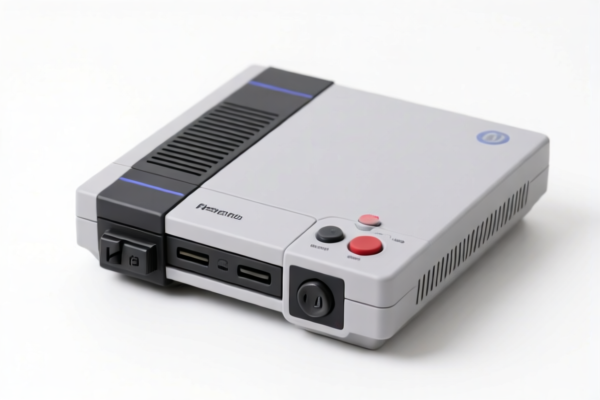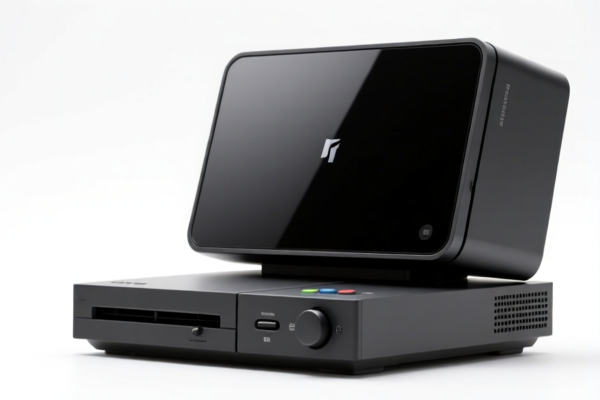| HS Code | Official Doc | Tariff Rate | Origin | Destination | Effective Date |
|---|---|---|---|---|---|
| 4823901000 | Doc | 55.0% | CN | US | 2025-05-12 |
| 4823907000 | Doc | 55.0% | CN | US | 2025-05-12 |
| 4821102000 | Doc | 55.0% | CN | US | 2025-05-12 |
| 4821104000 | Doc | 55.0% | CN | US | 2025-05-12 |
| 6307908500 | Doc | 35.8% | CN | US | 2025-05-12 |
| 6307909885 | Doc | 37.0% | CN | US | 2025-05-12 |
| 6304996040 | Doc | 33.2% | CN | US | 2025-05-12 |
| 6304996030 | Doc | 33.2% | CN | US | 2025-05-12 |




Racket Line
A racket line, also known as a court line, is a marking on the surface of a racket sport court that defines the boundaries of legal play. These lines are crucial for determining whether a ball lands in or out of bounds during gameplay.
Material
Racket lines are typically made from durable, weather-resistant materials. Common options include:
- Paint: Acrylic or latex-based paints specifically formulated for court surfaces are frequently used. These paints often contain additives for increased durability and visibility.
- Tape: Specialized athletic court tapes are employed for temporary or indoor courts. These tapes provide clear markings and are easy to apply and remove.
- Thermoplastic: This material is applied as a molten liquid and solidifies upon cooling, creating a long-lasting, textured line. It is commonly used for permanent outdoor courts.
Purpose
The primary purpose of a racket line is to:
- Define Boundaries: Clearly indicate the legal playing area for each player or team.
- Fair Play: Ensure fair play by providing a consistent reference for determining whether a ball is in or out of bounds.
- Gameplay Rules: Support the implementation of specific game rules related to line calls and scoring.
Function
Racket lines function by:
- Visual Reference: Providing a clear visual boundary for players, referees, and spectators.
- Call Determination: Serving as the basis for line calls made by officials or players (depending on the sport's rules).
- Scoring Accuracy: Enabling accurate scoring by defining whether a shot lands within the designated playing area.
Usage Scenarios
Racket lines are essential in various racket sports, including:
- Tennis: Defines the singles and doubles court boundaries, service boxes, and center service line.
- Badminton: Marks the inner and outer boundaries of the court, service courts, and center line.
- Squash & Racquetball: Indicates the service boxes, short line, and boundaries of the court.
- Pickleball: Defines the non-volley zone ("kitchen"), service courts, and boundaries of the court.
- Table Tennis: Marks the center line and boundaries of the table.
Common Types
While the basic function remains the same, racket lines vary depending on the specific sport:
- Singles Lines: Narrower lines used for one-on-one play (common in tennis and badminton).
- Doubles Lines: Wider lines used for two-on-two play (common in tennis and badminton).
- Service Lines: Lines indicating the area from which a serve must be delivered.
- Center Lines: Lines dividing the court in half (common in badminton and table tennis).
- Non-Volley Zones: Specific areas near the net where volleying is restricted (common in pickleball).
- Short Lines: Lines indicating the boundary of the front portion of the court (common in squash and racquetball).
Based on the provided information, “racket line” can potentially fall under several HS code classifications, depending on its material and specific use. Here's a breakdown of relevant HS codes:
- 4823901000: This code covers “Other paper, paperboard, cellulose wadding and webs of cellulose fibers, cut to size or shape; other articles of paper pulp, paper, paperboard, cellulose wadding or webs of cellulose fibers: Other: Of paper pulp”. If the “racket line” is made of paper pulp, this HS code is applicable. The tax rate details are: Basic tariff: 0.0%, Additional tariff: 25.0%, Additional tariff after 2025.4.2: 30%, with a total tariff of 55.0%.
- 4823907000: This code covers “Other paper, paperboard, cellulose wadding and webs of cellulose fibers, cut to size or shape; other articles of paper pulp, paper, paperboard, cellulose wadding or webs of cellulose fibers: Other: Other: Other: Of cellulose wadding”. If the “racket line” is made of cellulose wadding, this HS code is applicable. The tax rate details are: Basic tariff: 0.0%, Additional tariff: 25.0%, Additional tariff after 2025.4.2: 30%, with a total tariff of 55.0%.
- 6307908500: This code covers “Other made up articles, including dress patterns: Other: Wall banners, of man-made fibers”. If the “racket line” is a wall banner made of man-made fibers, this HS code is applicable. The tax rate details are: Basic tariff: 5.8%, Additional tariff: 0.0%, Additional tariff after 2025.4.2: 30%, with a total tariff of 35.8%.
- 6307909885: This code covers “Other made up articles, including dress patterns: Other: Other Other: Furniture movers' pads of cotton”. If the “racket line” is a furniture mover’s pad made of cotton, this HS code is applicable. The tax rate details are: Basic tariff: 7.0%, Additional tariff: 0.0%, Additional tariff after 2025.4.2: 30%, with a total tariff of 37.0%.
- 6304996040: This code covers “Other furnishing articles, excluding those of heading 9404: Other: Not knitted or crocheted, of other textile materials: Other: Other Other: Other (899)”. If the “racket line” is a furnishing article not knitted or crocheted, made of other textile materials, this HS code is applicable. The tax rate details are: Basic tariff: 3.2%, Additional tariff: 0.0%, Additional tariff after 2025.4.2: 30%, with a total tariff of 33.2%.
- 6304996030: This code covers “Other furnishing articles, excluding those of heading 9404: Other: Not knitted or crocheted, of other textile materials: Other: Other Other: Containing 85 percent or more by weight of silk or silk waste”. If the “racket line” is a furnishing article not knitted or crocheted, made of other textile materials containing 85 percent or more by weight of silk or silk waste, this HS code is applicable. The tax rate details are: Basic tariff: 3.2%, Additional tariff: 0.0%, Additional tariff after 2025.4.2: 30%, with a total tariff of 33.2%.
HS Code Breakdown (Example):
Let's take 4823901000 as an example:
- 48: Chapter 48 – Paper or paperboard; articles of paper pulp, paper or paperboard.
- 23: Heading 23 – Other paper, paperboard, cellulose wadding and webs of cellulose fibers, cut to size or shape; other articles of paper pulp, paper, paperboard, cellulose wadding or webs of cellulose fibers.
- 90: Subheading 90 – Other.
- 10: Further specification – Of paper pulp.
Important Note:
According to the provided reference material, the HS code options related to “racket line” are limited, with only the above 6 found. It is crucial to accurately determine the material composition of the “racket line” to select the correct HS code.
Customer Reviews
No reviews yet.